Navigant forecasts MHD vehicle market to nearly double by 2035 with declining share of conventional engines; gases win out over electricity
Green Car Congress
JULY 7, 2014
Alternative fuel vehicles (AFVs)—including battery-electric (BEVs), plug-in hybrid (PHEVs), propane autogas (PAGVs) and natural gas vehicles (NGVs)—will grow from 5.0% Vehicles running primarily on hydrogen and electricity will make up less than 1% of all MHDVs in 2035, according to Navigant. in 2014 to 87.1%




















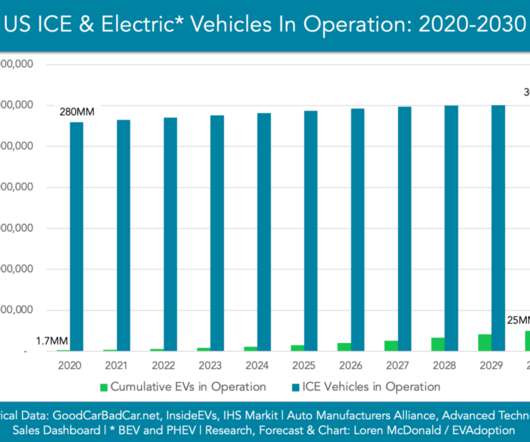
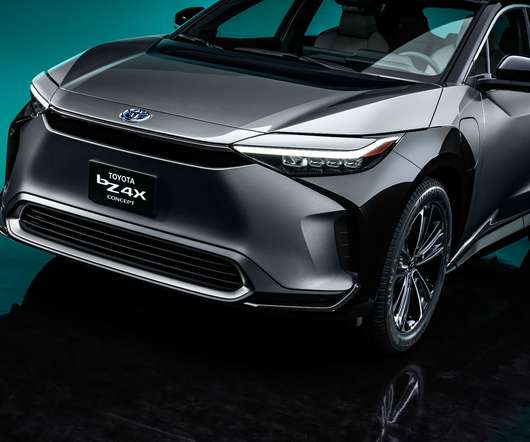
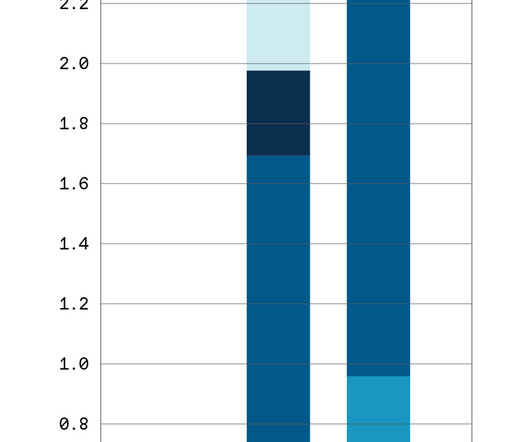
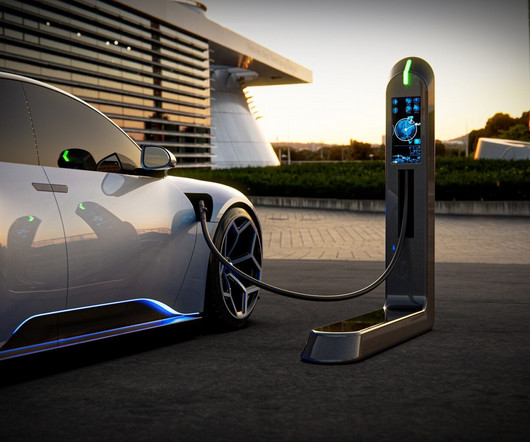

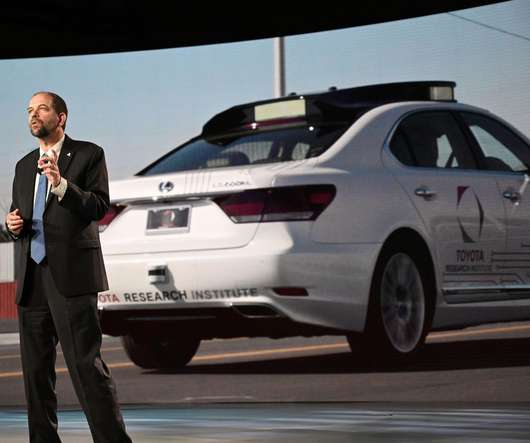
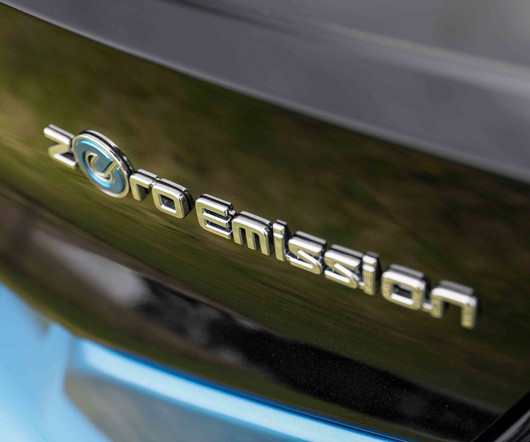











Let's personalize your content